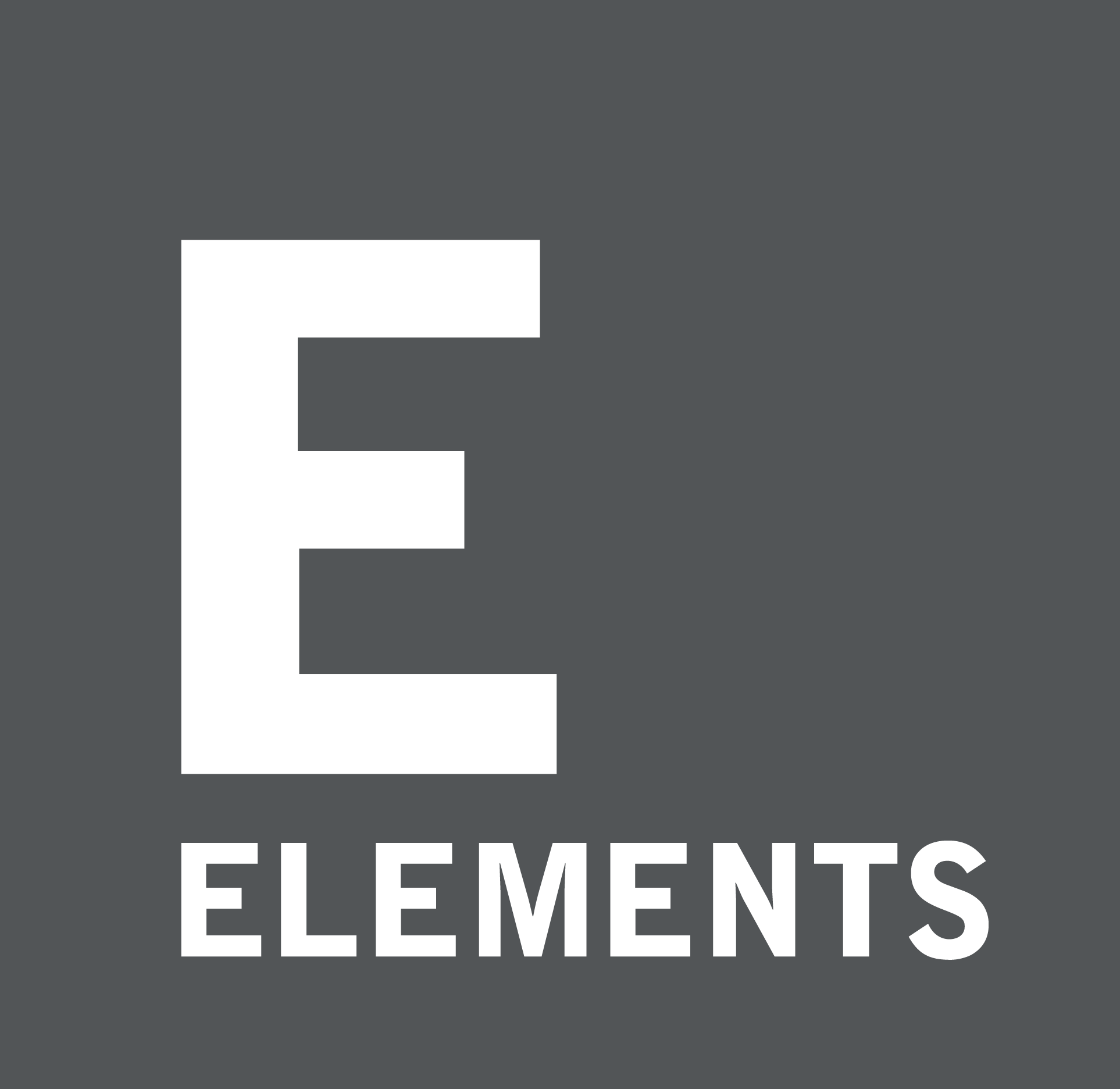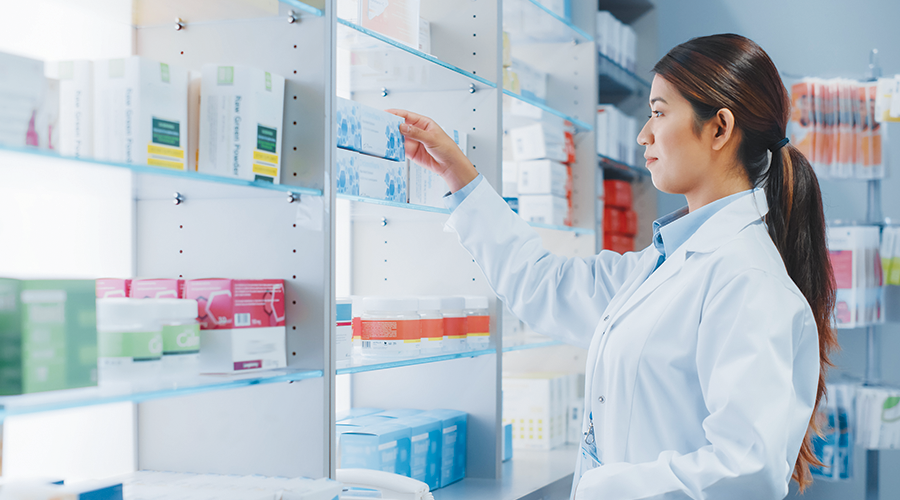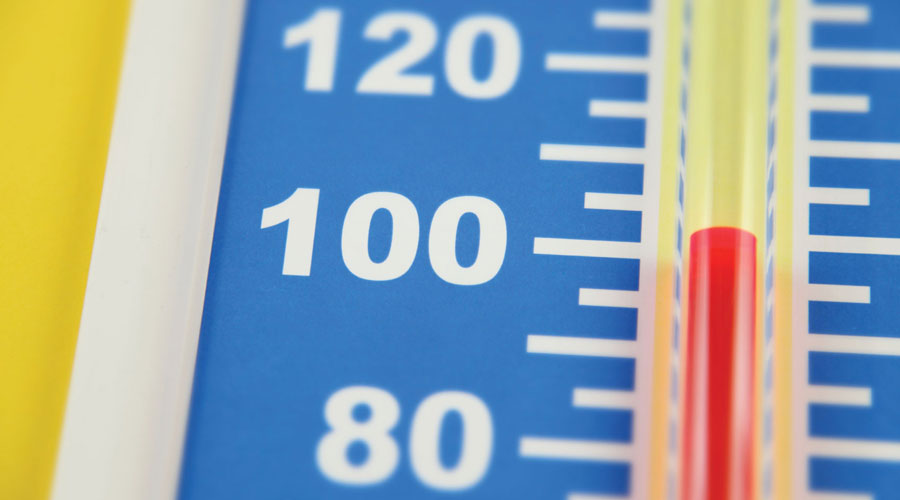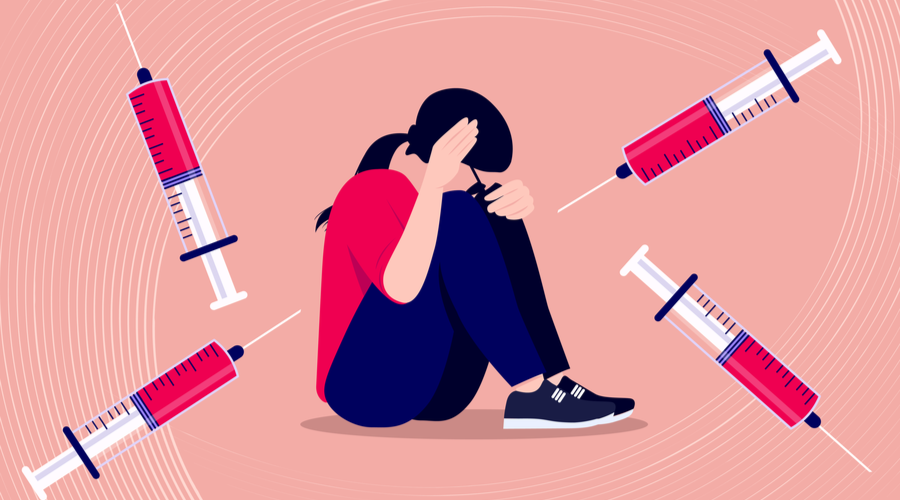When you own an independent pharmacy, it’s important to create a comfortable environment for both your employees and patients. Lighting design plays a crucial role in shaping your patients’ experience, influencing everything from mood and navigation to safety and brand perception.
Having a cozy and healthy lighting design in your pharmacy invites comfort and helps your patients feel safe. It can also lower their stress and anxiety levels, especially if they’re not feeling well or have pain.
The right lighting will enhance the ambiance of the space it’s in and highlight products on your shelves. You can find endless lighting ideas for your pharmacy that can make the surroundings inviting. Here are some creative lighting ideas to inspire your next pharmacy makeover:
Pharmacy Counters and Reception Areas
As you know, these are the most visited places in your pharmacy. Therefore, it’s crucial to create a welcoming environment in and around the pharmacy counters and the reception areas. These are not only for your staff’s accuracy, but also for your customers’ comfort. Recommended fixture types include:
- Pendant or suspended lights. These provide direct, downward illumination over counters, add visual interest, and reinforce wayfinding.
- LED task lighting. Try undercounter strips or adjustable track heads and aim for 750 to 1,000 lux on work surfaces to support prescription filling.
- Accent and backlighting. Putting some low-profile LED uplights or backlit panels behind the reception desk can highlight branding, add depth, and soften the overall area. It also gives a professional yet friendly vibe.
Waiting Areas
This important area in your pharmacy is often overlooked. To make it more comfortable and inviting, it needs warm, ambient lighting. To provide soft, indirect lighting, consider using floor lamps or wall sconces. This creates an atmosphere of calm and can reduce customer anxiety as they wait for their prescriptions.
Do you prefer a modern look for your waiting area? Use recessed lighting in ceilings. This gives it a clean, modern look and a positive experience for your customers.
Product Displays
Lighting can make or break a display when it comes to showcasing products in your pharmacy. There are various types of medicines, so the display location for each category is very important. Be sure to classify products properly and use main lights and auxiliary lights to illuminate product features. Different types of medication can require different lighting conditions to preserve their quality and efficacy. Some may be sensitive to light and heat. In that case, they need to be stored in dark, cool places. The lighting design should consider the storage requirements of different medicines and avoid excessive or inappropriate lighting that can damage the medicines.
If you want to draw attention to a specific product display or promotional items, accent lighting is one of the most effective ways to draw attention. You can also highlight featured products by positioning spotlights or track lighting directly above shelves. This makes them stand out and encourages customers to engage with the products displayed. For a more modern look, put LED strips along the edges of display cases or shelves. They’ll provide a soft glow and add a fancy touch to your design that will catch customers’ eyes.
Don’t forget to guide customers to shop. With guidance lighting, you can boost the recognition and brand image of the pharmacy. Guidance lighting will also help customers find the medications they need quickly, thus reducing frustration that can be caused by disheveled shelves.
Comfy Customers
How visually comfortable is your pharmacy environment? If you aren’t paying attention to the comfort of your customers, then you probably aren’t fully providing quality services. Think of it this way: If the lighting in your pharmacy glares and casts shadows, or if the drug descriptions aren’t clear and shelf layouts aren’t up to par, your customers will not be impressed with their visual experience.
Believe it or not, visual comfort affects your customers’ moods and how they perceive your pharmacy. You don’t want your lighting to be too dim or too bright because it can make your customers feel depressed or irritated. Lighting that’s too harsh or uneven can even cause eye fatigue or a headache. This can affect whether they can read the drug labels. When this happens, they may turn right around and leave your pharmacy without making a purchase.
Light it Up
If you want shoppers to feel comfortable, be sure your lighting design balances the brightness, contrast, and lighting color. Ceiling lamps, chandeliers, spotlights, and/or downlights are common in pharmacies like yours, and each type has its own specialty.
- Chandeliers. They provide great focal lighting, and they highlight certain medications or areas in your pharmacy.
- Ceiling lamps. These are suitable for basic lighting and provide uniform illumination. However, it’s important to choose a high-quality lamp that will give soft, comfortable light with longer service life. Be sure the shape and style match the overall décor and theme of your pharmacy, and that the size and number of lamps are appropriate for your pharmacy’s space and layout. Check that the installation and wiring of the lamps are safe and neat and look for potential hazards or obstacles.
- Downlights and spotlights. Both are good for local lighting and highlight the features of medications.
Get to know the impact of color temperature on customer psychology. For instance, warm-colored lights can create cozy, friendly spaces where customers feel warm and cared for. Cool-colored lighting, on the other hand, gives a more professional impression. The color temperature of the lighting should be suitable for the type and function of the medications. Warm-colored lighting can be used for vitamins and supplements to promote energy. Cool-colored lighting can be used for medications for colds, flu, and/or antibiotics, to show a sense of cleanliness.
Energy-Saving Thoughts
When choosing lighting fixtures in your pharmacy, consider safety, energy usage, and environmental protection. Reduce energy consumption by selecting safe and energy-saving lamps. These can also reduce energy consumption and conform to the concept of green environmental protection. For example, LED lamps have higher energy efficiency and will bring higher cost performance to your pharmacy. They have long service life, generate low heat, high color rendering, and a wide range of colors. They also provide more flexibility and options for pharmacies.
Arrangement of Lighting Fixtures
When you begin the layout of lighting fixtures, you need to consider both the lighting effect and the movement and line of sight of customers. The appropriate lighting fixtures need to be arranged in key locations, such as shelves, drug displays, and cashier counters so customers can see from every angle. When distributing the lighting fixtures, think about symmetry and balance. Arrange them in a way so they can create a smooth and natural transition between different areas and levels of your pharmacy.
Integrating lighting within shelves is a great way to improve product visibility and make browsing easier for customers. LED strips work quite well when placed underneath each shelf. They provide direct illumination to the displayed products. This is great for when you have dimly lit areas or for products that need more visibility.
Last but not least, give spotlights a chance. They’re also helpful by creating focus and contrast. Their lighting alone can easily draw customers’ attention and create excitement.
Lighting has such a positive impact on your pharmacy’s atmosphere and overall mood. Once you choose the lighting style for your store, remember to incorporate some natural light as well. By updating your pharmacy’s lighting, you’re making your patients’ shopping experience easier than ever.
A Member-Owned Company Serving Independent Pharmacies
PBA Health is dedicated to helping independent pharmacies reach their full potential on the buy-side of their business. Founded and run by pharmacists, PBA Health serves independent pharmacies with group purchasing services, wholesaler contract negotiations, proprietary purchasing tools, and more.
An HDA member, PBA Health operates its own NABP-accredited warehouse with more than 6,000 SKUs, including brands, generics, narcotics CII-CV, cold-storage products, and over-the-counter (OTC) products — offering the lowest prices in the secondary market.












